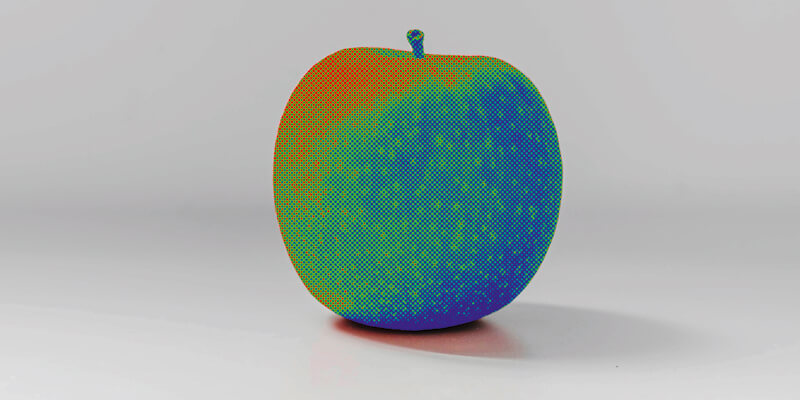Apple’s new iPhones are going to make LiDAR an everyday technology for millions, says Alistair Maclenan

By the time you read this article, the LiDAR industry will have gained more than 100 million new users.
For a niche industry, that’s miraculous growth. But I guess that’s what happens when one of the world’s biggest mobile phone companies decides that your tech is just what its users need. Even if those users have no idea what ‘it’ is.
When Apple virtually launched its new iPhone 12 in October, the headline news was that each of the four models has been built to work with 5G networks.
Not many countries have 5G yet, but it’s as safe a bet that they will get it soon as backing the only horse in a three-mile greyhound race.
Less widely reported was that the Pro and Pro Max models will ship with a LiDAR scanner. Apple does marketing extremely well, so it prefers to call it ‘depth technology’ and explain to future users that because the new iPhones have LiDAR, they “understand the world around you and build a precise depth map of the scene”. They can also “see in the dark”. See how exciting LiDAR can be when it isn’t explained?
When marketing tells us that the beauty of LiDAR is the speed and accuracy with which it creates a 3D representation of an area by firing laser beams out in all directions, times how long each one takes to return to the device, and generates a point-cloud or array of geolocated measurements that can provide a 3D image, it does tend to a lose a certain something.
Don’t tell me that the geospatial industry has to explain all these technical points because they are selling to a different audience – we are still people.
So, is this a significant moment for the LiDAR industry that we have come to know and love for its dotted images of road networks and the insides and outsides of buildings?
Yes. There is no doubt at all about that.
Complicated geospatial technology has become free – that is, free once you have bought a new iPhone – and simple to use
It has also been given a funky application: Apple is pushing LiDAR as a way of creating immersive augmented realities (ARs). Point your iPhone at a subject and the ‘depth map’ created enables you to realistically add a flashing pair of spectacles or dinosaurs to your picture or video. The depth map is LiDAR-accurate, so whatever you add will be scaled properly and look like it should be there… if dinosaurs should be in your kitchen.
But will anyone really care?
Yes. SnapChat has already announced that the next version of its app will support the new technology and provided a demo at the launch event. Whilst glowing, multi-coloured birds interacting with a woman in her home doesn’t immediately shout ‘industry applications’, it did show that AR is the near-future.
So, millions of iPhone users and around 200 million SnapChat users will all become LiDAR-aware overnight. But if those users don’t really understand the technology, can they really be classed as ‘LiDAR users’?
Yes. They can.
Google Maps made a generation comfortable with mapping with no explanation of cartography. Smartphones made GPS central to people’s lives with no explanation of atomic clocks. LiDAR is set to become an everyday technology for millions – possibly even billions – of people.
I can’t wait to see which geospatial industry player is the first to take advantage of this mass-market opportunity.
Alistair Maclenan is founder of the geospatial B2B marketing agency Quarry One Eleven (www.quarry-one-eleven.com)


